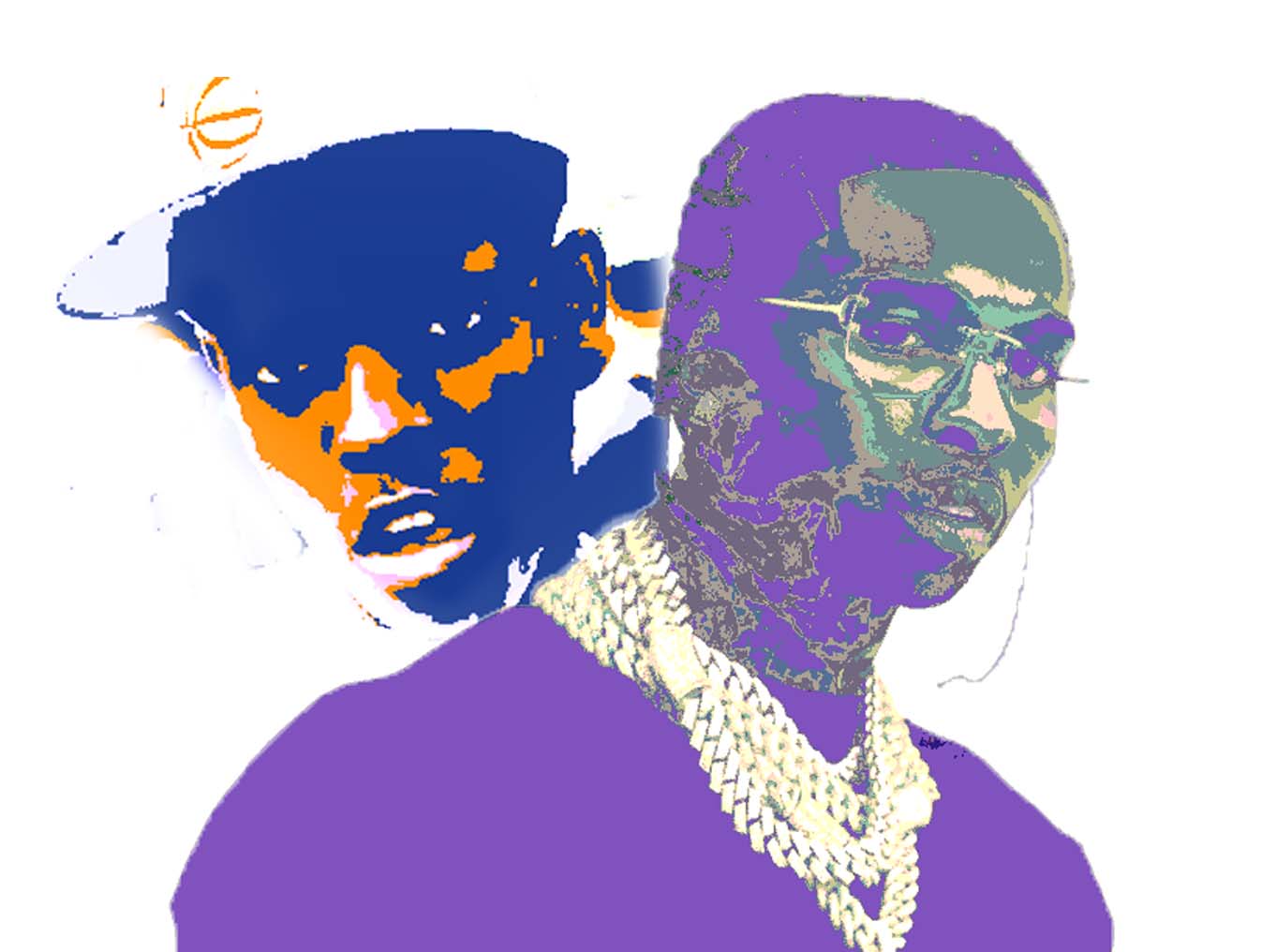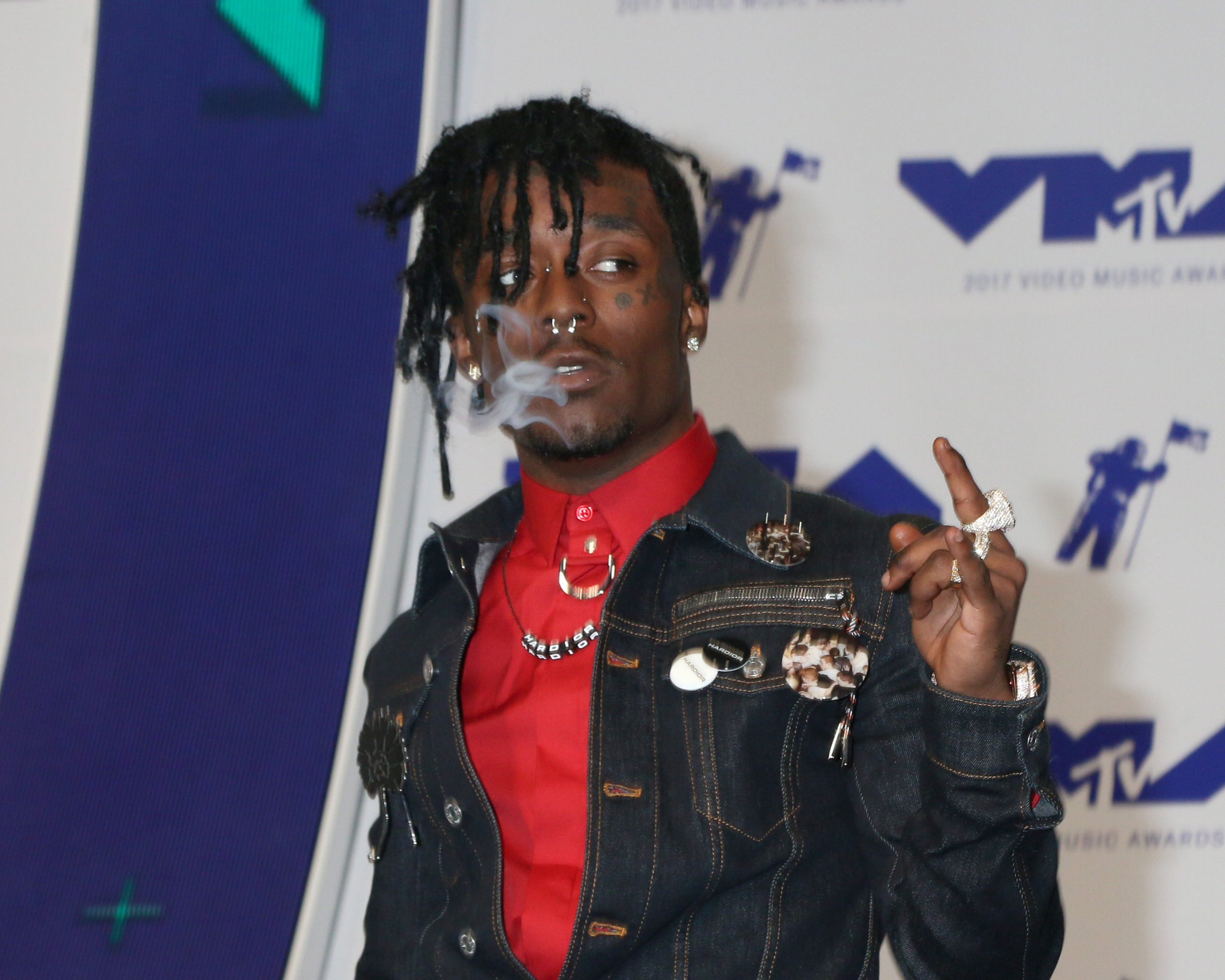
Atlanta and New York have always been the forerunners of hip-hop. Legends such as the duo Outkast, T.I. and Future all found their starts in Atlanta, while Biggie, Nas and Jay-Z were born and raised in New York. However, there are two subgenres of rap that these two cities are notably known for.
In Atlanta, the specific rap trend of trap, and in New York, the drill scene is rising after achieving mainstream popularity thanks to the late Pop Smoke.
However, what exactly is trap music? The word “Trap” itself is a slang term for a place where drugs are sold. However, the genre did not take off until T.I. released his album, “Trap Muzik,” which essentially became the genre’s blueprint.
In an interview discussing the album with rapindustry.com, T.I. defined the idea of the trap.
“So you know it’s gonna be dealing with all aspects of the trap [itself],” he said. “I’m trying to deal with all aspects of that lifestyle.”
Lyrically, the trap genre does have a rather raw focus on drugs. Selling and dealing drugs is a common talking point concerning the trap, and it has lyrical similarities to the coke and gangster rap that was popular in the early stages of rap.
Stylistically, trap focuses on snares, hi-hat drums, grimy 808s and synthesizers as the primary form of instrumentation. However, it was not until around the 2010s that the trap genre would break into the mainstream.
In the early 2010s, Atlanta natives, Southside and Future, spearheaded the genre to mainstream popularity. Southside meeting up with associate Lex Luger led to the formation of 808 Mafia, which subsequently led to the popularization of 808’s in trap music. Future started to achieve relative mainstream success, with his song “Turn on the Lights” peaking at #50 on the Billboard Hot #100.
Atlanta’s true mainstream trap success would come in late 2017 when the Migos and Lil Uzi Vert dropped “Bad and Boujee,” which hit #1 on the Billboard Hot 100. Trap producers such as Metro Boomin would begin to work with even more prominent names in the industry.

Photo by Jean_Nelson on depositphotos.com
Nowadays, the trap genre has distorted and evolved from its original inception by incorporating aspects from EDM, and trap in of itself has several genres. There’s Future, whose heavy use of autotune adds a signature flair to his drugged-out melodies.
Then in the opposite direction, there are artists like Playboi Carti, who forgoes clearer lyricism for bouncier bass-heavy highs and atmosphere on his songs like “Magnolia.”
Atlanta’s mainstream trap success is still going very strong, with new leaders of the genre such as Lil Baby and Young Thug achieving increasingly high mainstream success built off the groundwork of their predecessors.
In New York, another off-shoot of the trap genre began forming in the shape of Brooklyn drill. While Drill has its stylistic roots in Chicago thanks to Chief Keef, a grassroots drill scene has existed in Brooklyn ever since its inception.
The drill genre is more violent in its lyrical content and closer to brutal realism than horrorcore’s excessive violence. Drill is a genre of dark, irreverent poetry that illustrates the cycle of violence in these communities.
The first big mainstream success from a New York Drill artist was “Hot N*gga” by Bobby Shmurda, which peaked at #6 on the Billboard Hot 100 after going viral on the app Vine. However, Shmurda’s career would soon take an abrupt halt when he was arrested on December 18, 2014, and New York’s drill scene went quiet in the mainstream for years.
The mainstream success of New York’s drill scene would come at the hand of Pop Smoke, with his debut single “Welcome to the Party” thrust drill back into the ears of mainstream music.
Other artists, such as Fivio Foreign and Sheff G, also began breaking out into the limelight but have yet to achieve Pop Smoke’s success. His mixtape “Meet the Woo 2” was released to critical acclaim and peaked at number 7 on the Billboard 200.
Tragically, a home invader would kill Pop Smoke two weeks later. However, his death would boost his popularity to an absurd degree. His posthumous debut album “Shoot for the Stars, Aim for the Moon” placed at the number one spot on the Billboard 200. Drill is slowly breaking more and more into the mainstream, with artist Fivio Foreign landing a feature on Kanye West’s “DONDA” on the song “Off the Grid” alongside Playboi Carti.
Whether Drill will hit the peak of widespread mainstream success that trap does remains to be seen. However, it’s not an unsafe assumption that artists will eventually incorporate drill into more mainstream music.
